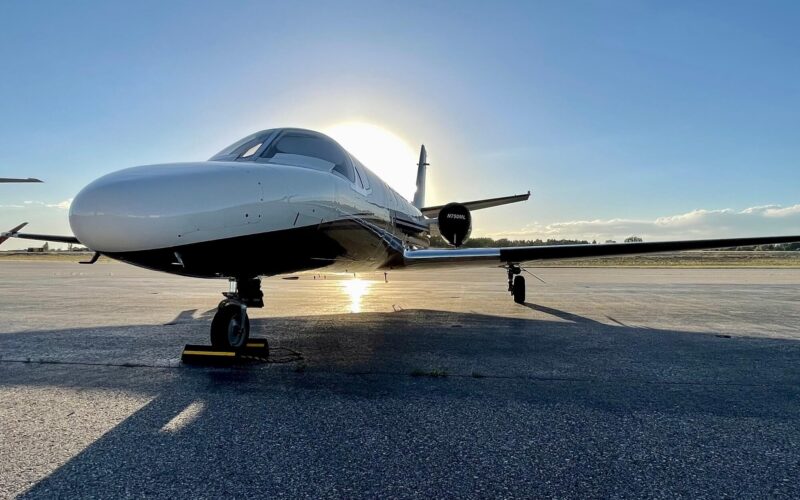A Cessna Citation V business jet that crashed in Oregon, the United States, killing the pilot, after entering a spiraling descent was because of pilot incapacitation, investigators of the National Transportation Safety Board (NTSB) found.
After a 1.5-year investigation, the NTSB could not provide an exact reason for why the pilot became incapacitated in-flight and lost control of the small business jet. The aircraft hit the ground at high speed in a right-wing-low attitude on January 9, 2021, immediately killing the pilot.
“The National Transportation Safety Board determines the probable cause(s) of this accident to be a loss of airplane control due to pilot incapacitation for reasons that could not be determined,” was written in the incident report released on August 12, 2022.
However, investigators noted that the age and health of the pilot was likely to be a factor and also detailed difficulties he had controlling the plane previously.
What happened before a spiraling descent
According to the flight plan, on the day of the accident the Cessna Citation V, registered N3RB, was supposed to take off from a flight training and recreational airport in Troutdale (TTD) in Oregon and arrive at a joint civil-military airport in Boise (BOI) in Idaho. Family members of the pilot confirmed to investigators that it was a usual route for the pilot, who was planning to fly his way back to the airport of departure later the same day.
The aircraft departed from TTD airport at around 1 p.m. local time, and when the plane was climbing to the flight altitude of 15,000 ft, the air traffic controller (ATC) lost contact with the pilot.
It took multiple attempts from both the Portland Approach and Troutdale Tower controllers to estabish contact with the pilot.
“During the first 15 minutes of the flight, the pilot of the complex, high performance, jet the airplane appeared to have difficulty maintaining the headings and altitudes assigned by the air traffic controllers, and throughout the flight, responded intermittently to the controller instructions,” states the NTSB report.
At around 1:27 p.m., when the business jet had reached an altitude of 27,000 ft, it began to deviate to the right while continuing to climb. ATC immediately alerted the pilot that he was about 30° right of course, but the pilot did not respond.
The jet continued climbing for almost two minutes, reaching its highest altitude of 31,000 ft. Then, it suddenly started descending and for the remaining eight minutes of flight, it was in a spiral descent, before finally crashing into the Mutton Mountain Range.
Investigators said that the heading and flight path before the descent were consistent with the pilot not using the autopilot during flight. However, the readings from the spiral descent indicated that the pilot was not manipulating the controls during this time, therefore leading the NTSB to conclude he was already incapacitated.
What was behind the incapacitation?
A review of the 72-year-old pilot’s medical history uncovered several conditions and medications that he did not report to the Federal Aviation Administration (FAA). The post-mortem examination did not show any presence of specimens or natural diseases that could be identified as major factors that had led to the pilot’s incapacitation in flight.
“None of the pilot’s known medical conditions or medications would have directly caused incapacitation, but the pilot may have had the undiagnosed disease or had some acute event that would have incapacitated him,” the NTSB wrote.
“His age, gender, high blood pressure, and hypertension placed him at risk for a heart attack or stroke. While the available evidence is consistent with a loss of airplane control following pilot incapacitation, the reason for his incapacitation could not be determined,” the investigative agency concluded.
Struggling to operate the aircraft
The NTSB also found that the pilot held a private pilot certificate and type ratings for the Grumman G-111 Albatross and Learjet. The victim had taken Citation 560 training toward the end of 2020, but on the day of the accident, he did not hold a type rating for that specific jet, which he bought in July 2020.
“He had received training in the airplane about two months before the accident but was not issued a type rating and left before the training was complete,” investigators explained. “During the training, he struggled significantly in high workload environments and had difficulty operating the airplane’s avionics suite, which had recently been installed. He revealed to a fellow pilot that he preferred to “hand fly” the airplane rather than use the autopilot.”
The accident flight was likely the first time he had flown the aircraft solo, the NTSB added.

